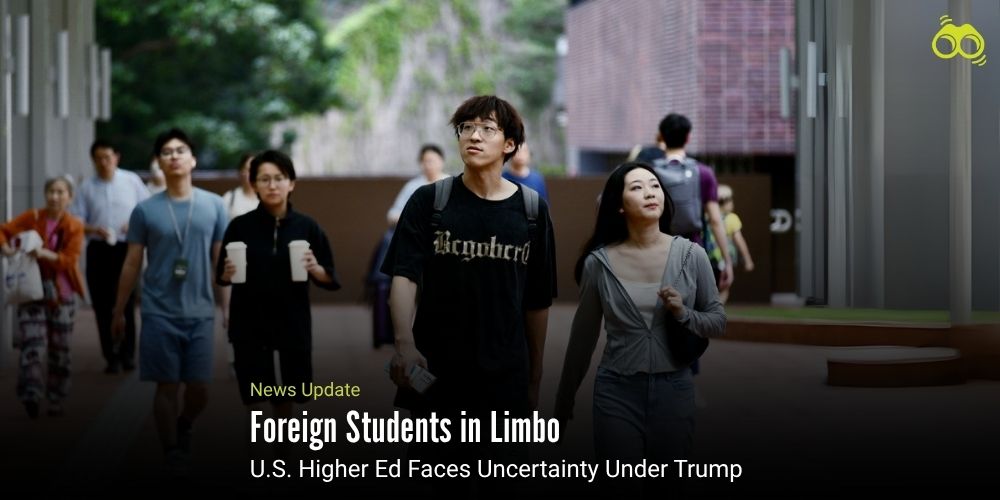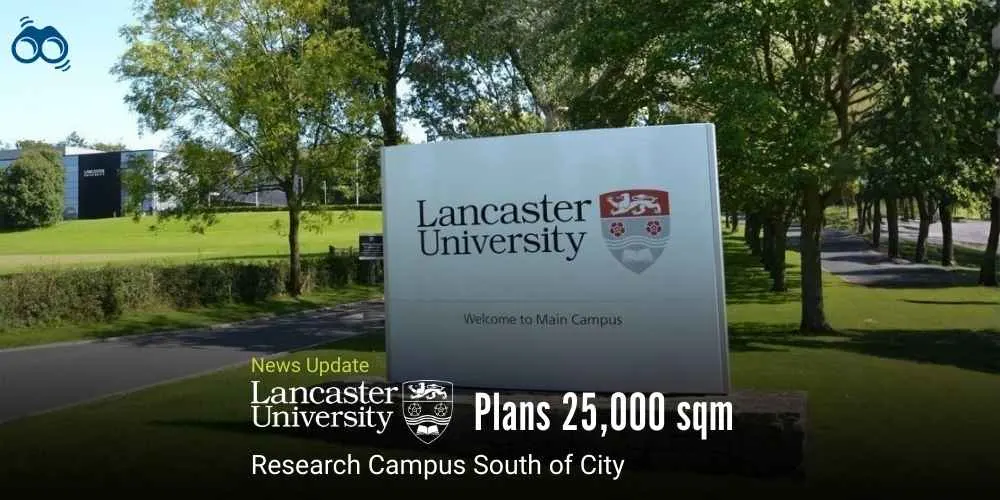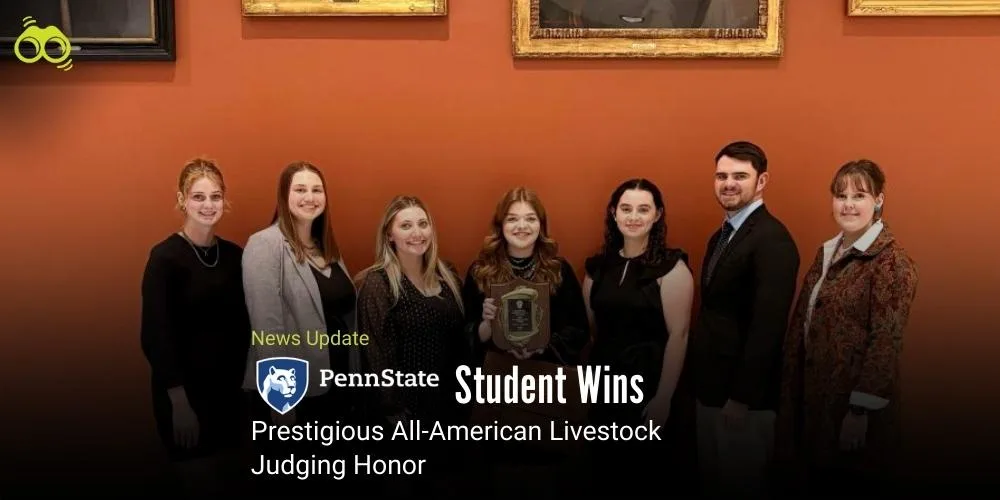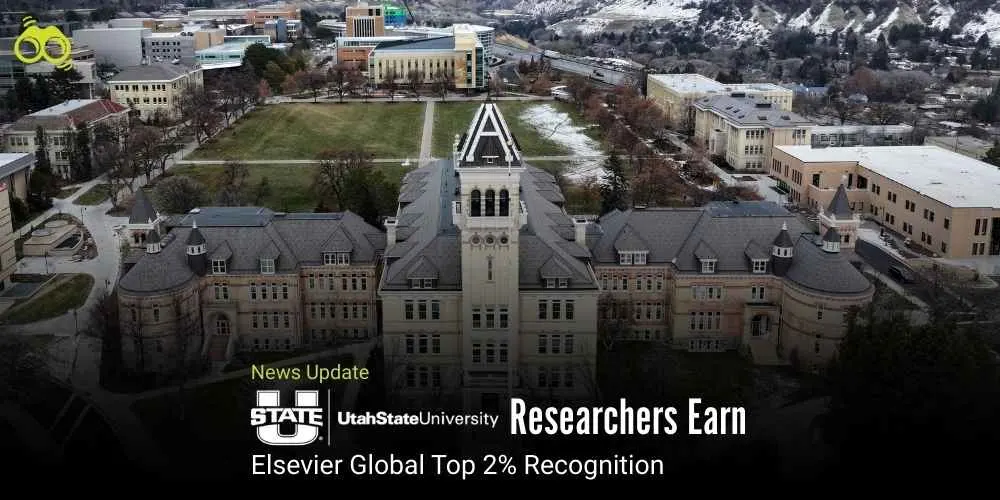Financial and Research Setbacks Loom as Trump Blocks Foreign Student Visas
Higher Education in Turmoil: Trump’s Policies Disrupt International Student Admissions
The Trump administration’s tightening stance on international students has sent shockwaves through the academic world, raising serious concerns about the future of higher education in the United States. At the heart of the controversy is Harvard University, where an attempt to block the enrollment of foreign students, now temporarily halted by a judge, has sparked widespread alarm among university leaders. Many fear that such measures could cause long-term harm to America’s global reputation.
Adding to the uncertainty, the government has suspended all new visa interviews for international students, regardless of their intended institution. Critics argue that this decision could seriously undermine the country’s position in global academic research. As universities navigate these challenges, many worry that these policies could reshape the landscape of American higher education for years to come. Observers note that the turmoil is particularly troubling for financial administrators in higher education, many of whom are already managing budget deficits. Analysts highlight that public confidence in the sector had declined even before Trump’s return to office, with college enrollment among high school graduates falling from 70% in 2016 to 62% in 2022. A Moody’s report from December further revealed that one-third of private universities and one-fifth of public institutions were operating at a loss.
College leaders have expressed concern over Trump’s continued criticism of American universities, particularly his stance on international students. In May, his administration attempted to bar Harvard from enrolling foreign students, a move later blocked by a judge. More broadly, the suspension of new visa interviews for international students has drawn criticism, with analysts warning that it undermines America’s reputation, research capacity, and financial stability across the higher education sector.
Experts note that many American colleges were already facing financial difficulties before Trump’s return to office. Public confidence in higher education had declined, with college enrolment among high-school graduates dropping from around 70% in 2016 to 62% in 2022. A December report by Moody’s found that one-third of private universities and one-fifth of public ones were operating at a deficit.
Demographic trends are further exacerbating these challenges, with projections indicating a 6% decline in high-school graduates by 2030 and a 13% drop by 2041. Some northeastern and midwestern states, home to many institutions, could see reductions of up to a third. While international students cannot fully offset these challenges, analysts note that their presence eases financial pressures. Their numbers have doubled since 2000, reaching about a million, with many paying significantly higher tuition, up to three times more at some public universities. Over half of international students are enrolled in postgraduate programmes, which are particularly profitable.
Although the United States hosts more international students than any other country, experts note that it remains underutilised in this regard, with foreign students accounting for just 6% of enrolment, well below the 25% seen in Britain, Australia, and Canada. However, commentators warn that growth in this area seems unlikely, citing concerns that fewer international students may enrol in the upcoming academic year and that long-term numbers could decline further as prospective applicants turn to more hospitable destinations.
Observers have questioned which institutions would be most impacted by a significant decline in international student numbers. Although elite universities like Harvard and Columbia have a high proportion of international students, approximately 28% and 40% respectively, experts note that these institutions are relatively protected. Reports show that tuition and fees from both domestic and international students make up only about 20% of Harvard’s total income, compared to over 80% at many less prestigious private universities. Analysts suggest that demand for places at top-tier universities generally remains strong during economic downturns, and that domestic students could potentially absorb higher costs if necessary.
Concerns are higher for second- and third-tier institutions, which, though hosting fewer international students, often depend on them more for financial stability. Commentators observe that many public universities have increased international enrolment to compensate for declining state funding. While top public universities attract well-paying out-of-state American students, others rely heavily on international recruitment agencies and marketing to maintain enrollment numbers. It has also been suggested that a steep drop in international student arrivals could impact institutions with no history of enrolling foreign students. Analysts note that if elite universities increase domestic admissions to compensate, lesser-known institutions may struggle to attract students, threatening their financial stability. Similar trends have been observed in Britain, where tighter visa rules recently caused sharp declines in international enrolment, with nearly 40% of universities anticipating operating deficits.
Experts caution that, although some may view institutional closures as a necessary correction for underperforming colleges, the greater concern is the emergence of regional “cold spots”, where affordable higher education becomes scarce. They also fear that this could inadvertently reinforce established universities, which depend more on their reputations than on teaching quality. Critics warn that Trump’s campaign against Ivy League institutions could have far-reaching and unintended effects across the entire higher education sector. Ultimately, the Trump administration’s policies on international students could reshape American higher education, with consequences that extend far beyond elite universities.
Editor’s Note:
The Trump administration’s increasing restrictions on international students raise critical concerns about the future of American higher education, particularly in its ability to attract global talent and sustain financial stability. While elite institutions such as Harvard and Columbia may weather these challenges, many second- and third-tier universities, already facing budget deficits and declining enrollment, could experience severe financial strain. Beyond its economic impact, the suspension of new visa interviews threatens America’s long-standing reputation as a global leader in academic research and innovation. As universities increasingly rely on international students to fill postgraduate programmes and research-intensive roles, blocking their access undermines intellectual diversity and academic progress. If these policies continue, the United States risks losing its competitive edge, as students and researchers may seek opportunities in countries like Britain, Australia, and Canada, which actively welcome international scholars. Ultimately, while some may view the decline in international enrolment as a necessary correction in higher education, the broader consequences, weakened academic institutions, regional gaps in access, and reduced global influence, could have lasting implications.
Skoobuzz holds the view that for American universities to maintain their standing in global academia, a more balanced approach towards international students is essential. Otherwise, continued restrictions could lead to a sustained loss of talent and funding, driving top students and researchers to more welcoming countries, thereby eroding the United States’ leadership in higher education and innovation.














0 Comments (Please Login To Continue)